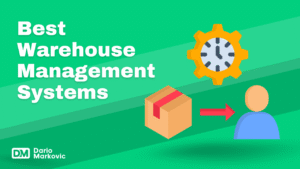In this guide, we’ll be discussing the 10 Best Social Media for E-commerce in 2025.
As social commerce trends continue to evolve at a rapid pace, these platforms have become essential for businesses looking to expand their reach and increase online sales.
We’ll cover:
- The top 10 social media platforms for e-commerce in 2024.
- Unique features of each platform.
- Benefits and challenges of using these platforms.
- Tips to leverage them effectively for your business.
By understanding the strengths and intricacies of each social media platform, you can develop a more effective social commerce marketing strategy that is tailored to your target audience.
What are the 10 Best Social Media for E-commerce in 2025?
Here we go:
1. Facebook Marketplace and Shops
Facebook Marketplace and Facebook Shops offer e-commerce businesses unparalleled access to a vast audience of approximately 3 billion active monthly users.
This extensive user base makes Facebook an essential platform for brands looking to expand their reach and drive sales.
Facebook Marketplace
Facebook Marketplace acts like a digital classifieds section, enabling users to buy and sell products within their local communities.
For businesses, it provides an opportunity to connect with potential customers in their vicinity, making it ideal for localized marketing efforts.
Facebook Shops
Facebook Shops is a more sophisticated tool that allows businesses to create fully customized digital storefronts right on the platform.
It integrates seamlessly with your existing e-commerce infrastructure, offering features like:
- Product catalogs
- Customizable layouts
- Direct checkout capabilities
This helps streamline the shopping experience, keeping users engaged without needing to leave the app.
Pros and Cons
Pros
- Targeted Advertising: Facebook’s advanced advertising tools leverage user data for precise targeting, increasing the likelihood of reaching potential buyers.
- User Engagement: High levels of user engagement on the platform can translate into more interactions and boost sales opportunities.
- Integrated Features: The seamless integration of shops and ads makes it easy to manage your e-commerce activities from one place.
Cons
- Competition: The sheer number of sellers can make it challenging to stand out.
- Cost: Effective advertising campaigns often require a substantial budget.
- Privacy Concerns: Some users may be wary of data privacy issues related to targeted advertising.
By effectively utilizing these online business tools, you can tap into Facebook’s massive user base to boost your e-commerce strategy.
2. Instagram Shopping Features
Instagram thrives on visual marketing, making it an ideal platform for showcasing products through eye-catching images and videos.
With 2.35 billion monthly active users, Instagram offers a variety of shopping features designed to streamline the purchasing process.
Key Features:
- Product Tagging: E-commerce businesses can tag products directly in their posts and stories, allowing users to get detailed product information with just a tap.
- Shoppable Posts: These social media posts enable users to purchase products without leaving the app, creating a seamless online shopping experience.
Best Practices for Visual Content:
- High-Quality Images and Videos: Invest in professional photography or videography to create enticing visuals that capture attention.
- Consistency in Aesthetics: Maintain a cohesive brand aesthetic across your feed to build a recognizable and trustworthy presence.
- User-Generated Content (UGC): Encourage customers to share their experiences with your products and repost this content to boost authenticity.
- Interactive Stories: Use polls, quizzes, and question stickers in stories to engage your audience and drive traffic to your shoppable posts.
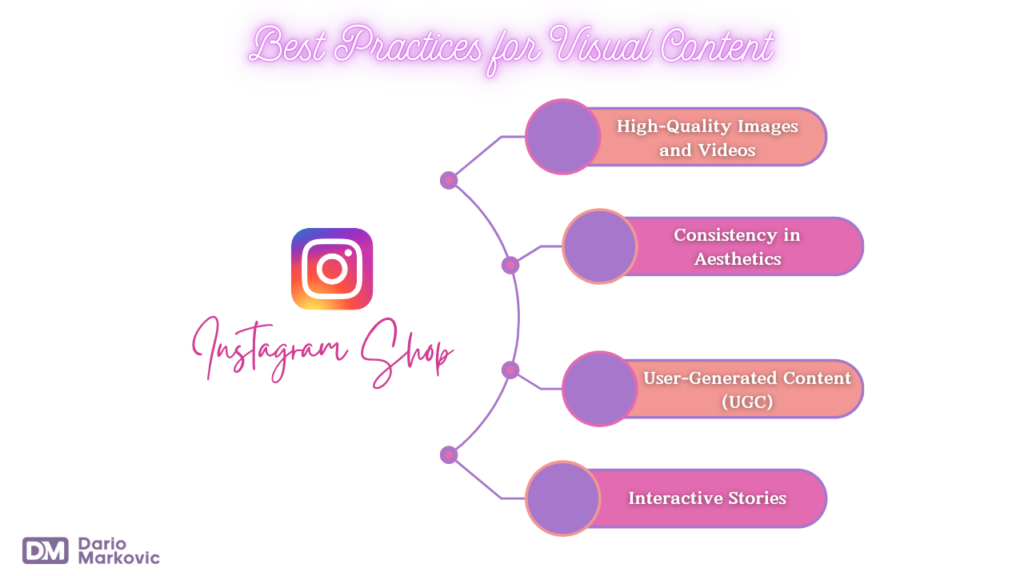
With these strategies, businesses can leverage Instagram’s visual-centric nature to create engaging content that converts online followers into customers.
3. TikTok Shop: Capitalizing on Short-Form Videos
TikTok’s rapid growth in the social media landscape can’t be ignored, especially with its massive appeal to Gen Z consumers.
The social media platform’s unique mix of creativity and entertainment has carved out a niche for itself, making it an ideal space for brands to connect with younger audiences. With 1 billion monthly active users, TikTok is a major player in the e-commerce industry world.
TikTok Shop allows brands to sell products directly through engaging short-form videos. These videos often feature catchy music, quick edits, and viral trends that capture user attention almost instantly.
The ability to integrate clickable product links within these videos means users can discover and purchase items without leaving the social media app, creating a seamless shopping experience.
Strategies for Leveraging TikTok Trends
To maximize brand visibility and get more sales on TikTok, consider these strategies:
- Embrace Viral Trends: Participate in trending challenges or create your own to boost engagement.
- Collaborate with Influencers: Partner with popular TikTok creators who resonate with your target customer.
- Use Hashtags Effectively: Utilize relevant hashtags to increase the discoverability of your content.
- Create Authentic Content: Focus on storytelling and authenticity rather than overly polished ads.
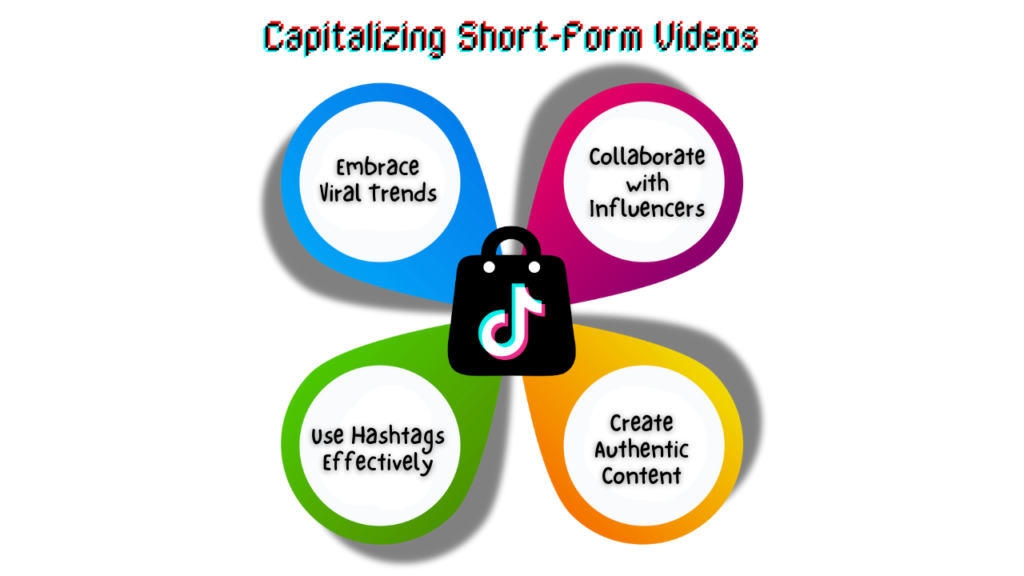
By staying attuned to the latest trends and producing content that resonates with TikTok’s vibrant community, brands can effectively harness the platform’s potential for e-commerce success.
4. WeChat: The All-in-One Platform for Chinese E-Commerce
In the world of Chinese ecommerce companies, WeChat is a one of the ecommerce giants. It’s more than just a social media app; it’s a complete platform that combines messaging, social networking, and payment solutions all in one.
Role in the Chinese Market
With over 1.3 billion monthly active users, WeChat has changed the way businesses connect with customers.
Its unique feature, WeChat Pay, allows users to make purchases directly within the social media app, making the buying process much easier.
Benefits for B2B and B2C Transactions
For companies, WeChat provides unmatched opportunities in both B2B and B2C commerce:
- Seamless Communication: E-commerce Businesses can communicate directly with customers through official accounts, offering immediate assistance and tailored social media marketing.
- Personalized Marketing: Advanced data analytics enable targeted advertising based on user behavior, ensuring that promotional efforts hit the mark.
- Integrated Payment Solutions: With WeChat Pay, transactions are quick and secure, enhancing consumer trust and satisfaction.
Using these features effectively can lead to significant growth and brand loyalty in one of the largest consumer markets globally.
5. Pinterest: A Visual Discovery Platform for Shopping Inspiration
Pinterest stands out as a unique shopping destination for visual discovery. Users flock to Pinterest not just to browse, but to actively seek inspiration before making purchase decisions.
This makes it an essential social media platform for businesses looking to capture the attention of potential buyers at the very beginning of their shopping journey.
Effective Strategies for Leveraging Pinterest:
- High-Quality Visuals: Create visually stunning pins that showcase your products in the best light. High-resolution images and videos can make your pins more attractive and engaging.
- Keyword Optimization: Use relevant keywords in your pin descriptions and boards. This helps your content appear in search results, increasing visibility.
- Rich Pins: Utilize Rich Pins to include extra information directly on the pin itself, such as pricing and availability, making it easier for users to shop.
- Promoted Pins: Invest in promoted pins to reach a broader audience. These ads blend seamlessly with organic content, making them less intrusive and more effective.
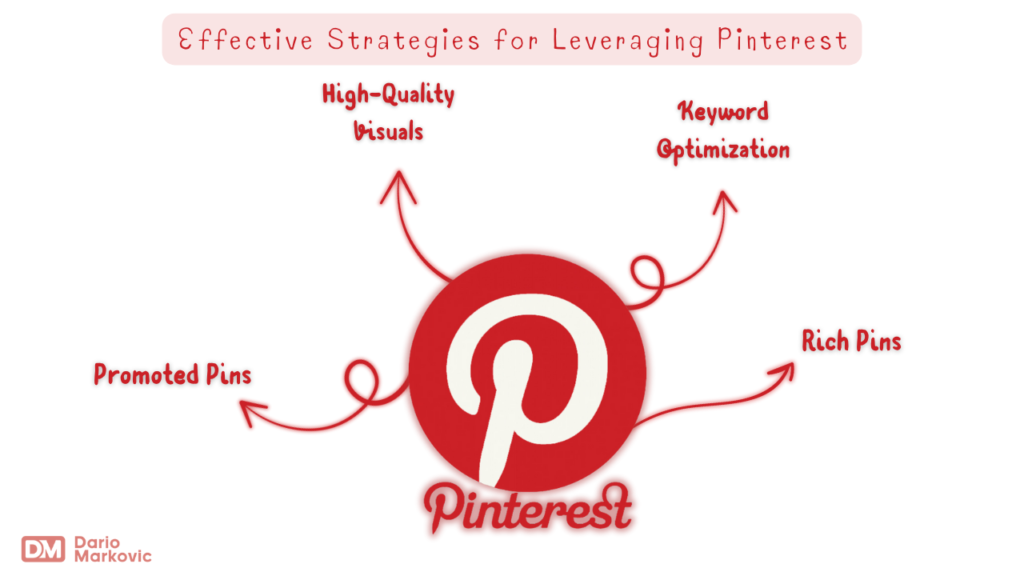
Pinterest’s visual-centric nature makes it a powerful tool for driving traffic to your e-commerce store.
By creating compelling content that resonates with users’ interests, ecommerce businesses can turn casual browsers into loyal customers.
6. Snapchat: Engaging Consumers with Augmented Reality Experiences
Snapchat takes advertising to the next level with its innovative use of interactive augmented reality (AR) experiences.
E-commerce store brands can create shoppable AR lenses that allow users to try on products virtually, making the shopping experience not only engaging but also incredibly personalized on their e-commerce site.
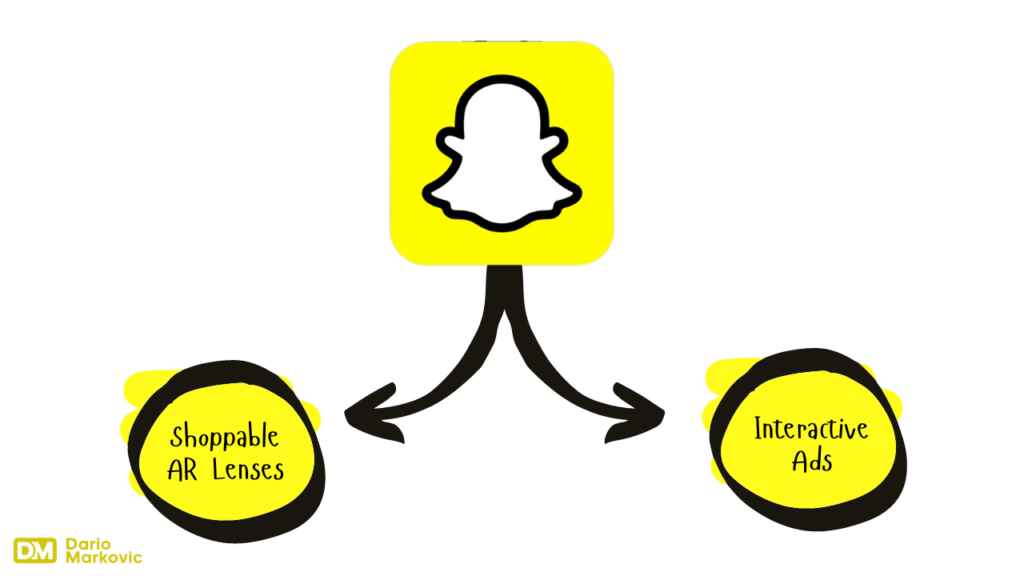
Key Features:
- Shoppable AR Lenses: These lenses overlay digital elements onto the real world, letting users interact with products in a fun and immersive way.
- Interactive Ads: Snapchat’s full-screen, vertical ads make it easier for brands to capture user attention.
Successful Campaigns
Consider the success story of Gucci, which leveraged Snapchat’s AR capabilities to let users try on sneakers virtually. These PPC campaigns saw high engagement rates and increased e-commerce brands’ reputations.
Another example is IKEA, using shoppable AR lenses to enable users to visualize furniture in their homes before purchasing. This initiative led to higher customer satisfaction and conversion rates.
Snapchat’s unique approach keeps consumers engaged while providing brands with innovative tools to drive sales.
The use of augmented reality in retail is revolutionizing the way consumers interact with products, making it a valuable asset for brands looking to enhance their online shopping experiences.
7. YouTube: Using Video Marketing for E-Commerce Success
Video content is now an essential part of e-commerce strategies. In fact, 84% of people say they’ve been convinced to buy a product or service after watching a brand’s video.
This shows just how powerful video can be in boosting sales.
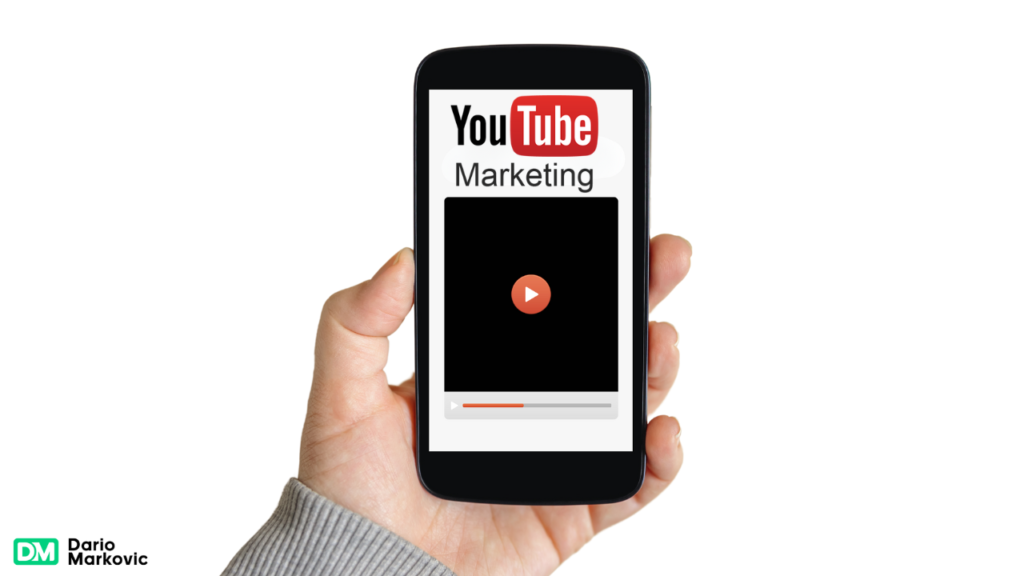
How YouTube’s Shoppable Video Features Work
YouTube’s shoppable video features take this engagement to the next level. With these features, viewers can click on products showcased in videos directly, making the shopping experience seamless and interactive.
For instance:
- Product Tagging: Creators can tag products in their videos, allowing viewers to explore more details and make purchases without leaving YouTube.
- End Screens and Cards: These tools enable brands to include clickable links and product images at the end of videos or during playback, guiding consumers straight to their online stores.
The Power of Storytelling in Shoppable Videos
Leveraging these shoppable videos effectively means showcasing your products and telling compelling stories that resonate with your audience on social media accounts.
8. X (Twitter): Quick Access to Products Through Business Messaging
Twitter, now rebranded as X, is more than just a social media platform for real-time conversations. It plays a crucial role in e-commerce business by enabling brands to engage with customers directly and provide quick access to products.
X (Twitter Shops) are a game-changer in this regard.
Key Features of X Shops:
- Real-Time Interaction: Brands can respond to customer inquiries instantly, making it easier to address concerns and provide product recommendations.
- Product Showcase: An e-commerce business can display its products directly on its profiles, allowing followers to browse and purchase without leaving the app.
- Personalized Customer Service: Direct messaging capabilities enable personalized interactions, fostering trust and loyalty.
By leveraging these features, businesses can create a seamless shopping experience that not only drives sales but also enhances customer satisfaction.
With X’s emphasis on direct message engagement, it’s an invaluable tool for any e-commerce strategy in 2024.
9. LinkedIn: A Professional Touch to E-Commerce Transactions
LinkedIn stands out as a B2B platform with immense potential for e-commerce transactions.
Unlike other social media platforms, LinkedIn focuses on professional social media networks and networking, making it a unique space for businesses to connect with other businesses.
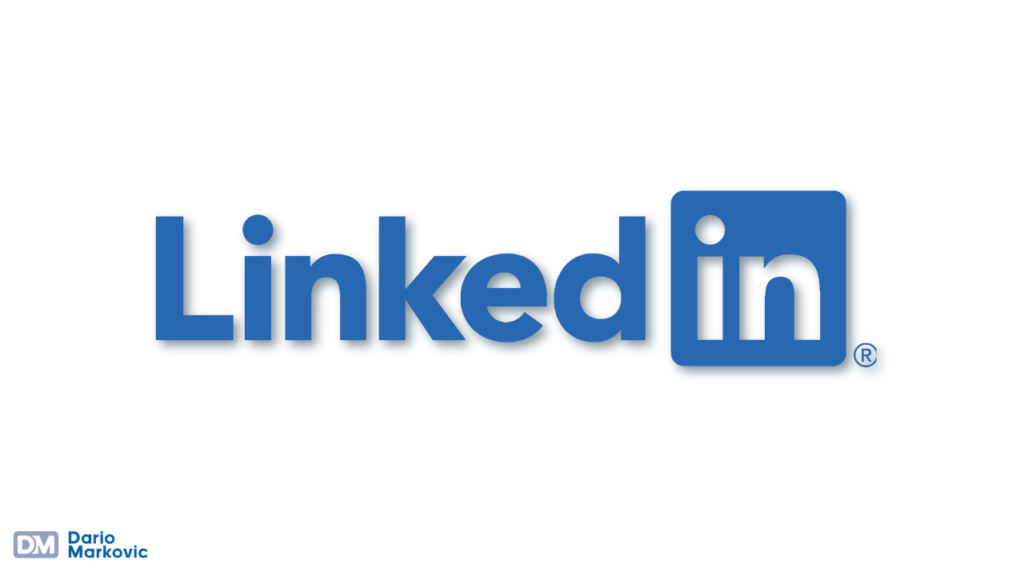
Why Choose LinkedIn for E-Commerce?
Here are some reasons why LinkedIn is an excellent choice for e-commerce transactions:
- Professional Audience: It attracts a more professional audience, ideal for B2B transactions.
- Company Pages: Businesses can showcase their products and services on specialized company pages.
- Networking Opportunities: Facilitates meaningful connections through industry-specific groups and professional networks.
This social media platform offers an environment where businesses can establish credibility, share industry insights, and generate high-quality leads.
10. Shopify Integration Across Social Media Platforms
Shopify integration is a game-changer for ecommerce brands aiming to streamline their multi-platform selling strategies.
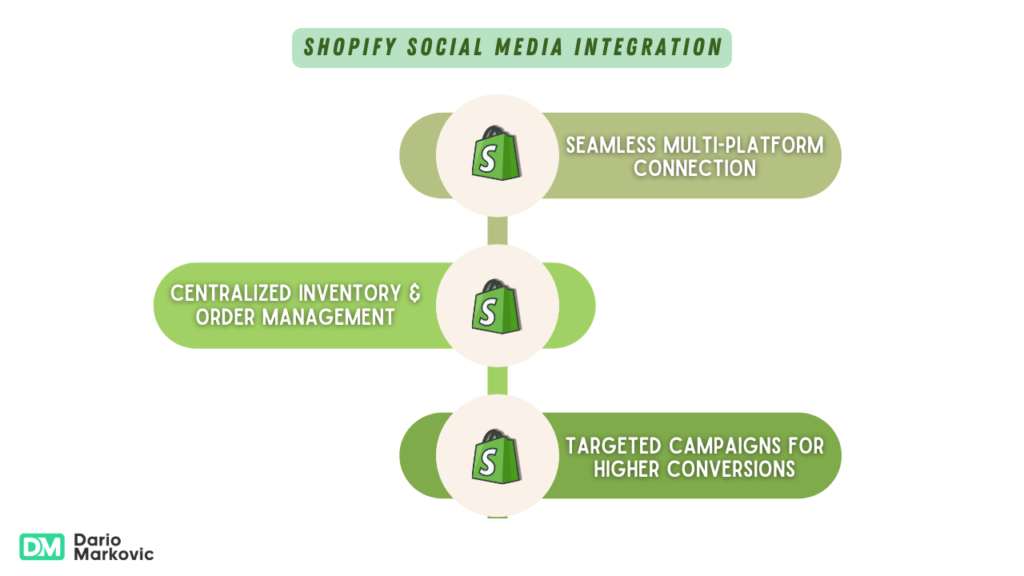
With Shopify, you can:
- Seamlessly connect your online store with popular social media platforms like Facebook, Instagram, TikTok, and Pinterest.
- Manage inventory, orders, and customer data across various channels from a single dashboard.
- Utilize built-in e-commerce social media marketing tools to create targeted campaigns that drive traffic and boost conversions.
Example: A fashion brand can use Shopify to sync their products with Instagram Shopping, allowing followers to purchase items directly from their feed without leaving the app.
Dario`s Conclusion
Businesses must recognize social commerce as a key component of their social media marketing arsenal. The 10 Best Social Media Platforms for E-commerce in 2025 highlight diverse opportunities for engaging customers and driving sales.
Integrating these social media platforms into your social media marketing strategy can unlock new revenue streams, foster customer loyalty, and enhance brand visibility.
By staying ahead of future emerging trends in social media e-commerce, you position your business to thrive in an increasingly digital marketplace.
Embrace this evolution to stay competitive and capitalize on the dynamic landscape of e-commerce.
Frequently Asked Questions
What type of content performs best for ecommerce on social media?
High-quality product photos, demonstration videos, user-generated content, and behind-the-scenes glimpses usually yield great results. Showcase your products in action, share testimonials from customers, and develop content that addresses the challenges or inquiries your target audience faces. Engaging content such as polls and questions can also enhance interaction.
How can I handle customer service through social media for my ecommerce business?
Establish effective systems to track and address customer inquiries on all your active platforms. Strive to reply within a few hours during business hours. Develop response templates for frequently asked questions while ensuring a personal touch. Think about utilizing chatbots for simple inquiries and set up a straightforward escalation process for more complex issues.
What are the most common mistakes to avoid in social media ecommerce?
Common pitfalls include inconsistent posting schedules, neglecting customer comments and messages, overly emphasizing sales without offering real value, using low-quality images or videos, not monitoring analytics, and not tailoring content to the unique features and audiences of each platform. Additionally, steer clear of purchasing followers or engagement, as this can negatively impact your long-term success.
How can I increase my social media engagement for better sales?
To create engaging, product-focused content that truly resonates with your audience, consider incorporating a blend of educational insights, behind-the-scenes glimpses, user-generated content, and promotional posts. Make it a priority to interact with your followers by promptly responding to their comments and messages. Additionally, leverage platform-specific features such as Instagram Stories, TikTok challenges, or Pinterest Rich Pins to enhance engagement and reach.
Do I need to be active on all social media platforms for my ecommerce business?
It’s more effective to focus on 2-3 platforms that resonate with your target audience instead of trying to be everywhere at once. Concentrate on mastering the platforms where your potential customers are most engaged and where your products can be highlighted best. Begin with one platform, refine your approach, and then slowly branch out to additional ones.



